Strategic quality management significantly impacts how firms develop and implement their goals. Healthcare executives bear a great deal of responsibility for locating relevant tools that make it easier to implement innovative ideas. According to this viewpoint, healthcare providers should prioritize their patients’ health above all else. One method is to make the existing technology more helpful and effective. As the project manager, I would be responsible for devising the best plans and tools for completing the new project, considering quality management, project performance, protocols, and workflow.
Quality Management Tools
Workplace compliance is a growing and essential concern. This is because healthcare is one of the most strictly regulated businesses in the United States. Healthcare compliance specialists are needed to assist hospitals, and other healthcare facilities in meeting the government’s ever-expanding list of standards. These guidelines aim to secure patients’ personal information, ensure they receive the best care, prevent fraud, and keep all healthcare workers safe (Salguero-Caparrós et al., 2022). In the healthcare industry, a product’s condition and use influence its quality, which determines how well it sells. However, the Food and Drug Administration (FDA) has laws that must be followed by all healthcare organizations cooperating with the FDA. As a result, compliance ensures that the industry’s stringent care standards are met. Therefore, compliance ensures that high standards of care are met in healthcare, ensuring all patients receive high-quality services for quick recovery.
For the planned electronic health record (HER) system to be implemented, the appropriate quality management procedures must be in place. For example, fishbone diagrams and control charts are significant quality management tools for improving compliance tactics. Control charts examine how a project has changed over time (Eissa, 2018). The tool is critical because it identifies problems that must be addressed immediately while a project is being completed. This may allow it to determine whether or not there are any issues with the CPU that can be resolved.
A fishbone diagram is a visual way of organizing a problem’s potential sources. It is a means to figure out what is wrong and correct it. Fishbone diagrams are useful for locating and resolving problems, utilizing mind map templates and the brainstorming process (Coccia, 2020). Team members may be able to determine the true source of a problem by constructing a fishbone diagram rather than focusing solely on its symptoms. The two tools are critical for assisting healthcare administrators in making sound decisions about improving quality inside the institution.
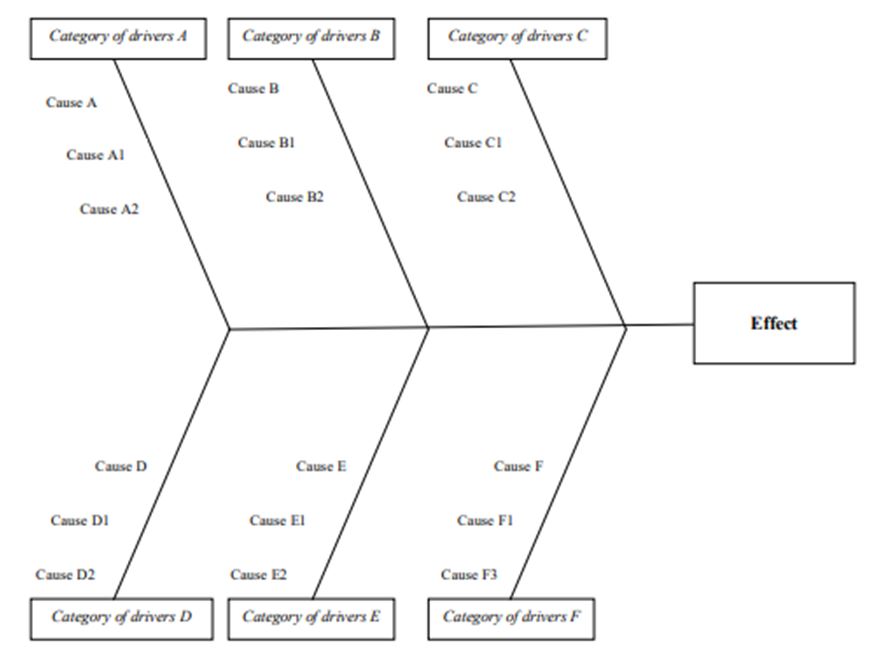
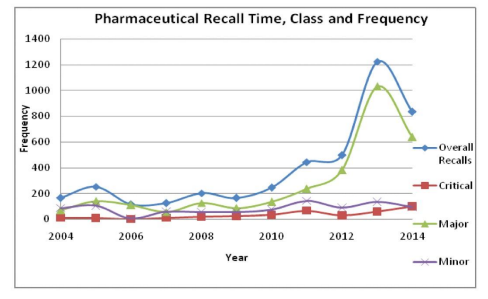
Benchmarking Techniques
Explicit evaluations are recommended to maintain track of and control performance when transitioning to the new EHR. It is incredible to observe how explicit reviews have evolved from procedural checklists to the abstraction of specific data and the application of cutting-edge technology for electronic health records (EHRs), such as search keywords and natural language software. When explicit techniques are employed, developing quality indicators that incorporate criteria for rating healthcare practice becomes easy (Rios-Zertuche et al., 2019). These indicators are created using clinical criteria and expert committees and are the most crucial properties for clinical use. Quality indicators are not intended to provide clinical advice. Instead, they are intended to highlight crucial aspects of care operations, such as the new HER system in this example. Standard benchmarking methods such as scorecards, dashboards, and productivity benchmarks cannot be employed without this technology. Medical centres utilize benchmarking to evaluate their operations and executive leadership compared to their best competitors in the same industry (Broekhuis et al., 2019). Information obtained from the company’s key competitor aids in reviving such operations, making it easy to trace delays to preventable errors and pushing healthcare institutions to improve their operations.
Dashboards illustrate how the healthcare institution is doing, and management tools must be documented. Previous technologies’ benefits may also be easier to introduce to enterprises. On the other hand, report cards show everything institutions need to know about how well the system works. This assists in determining whether the installed system fits the standards established in advance and whether any changes are required to make it perform as well as feasible. A productivity standard is a tool for determining how well something is performing. They can determine whether a company’s attempts to improve service delivery genuinely benefit the bottom line.
Internal benchmarking refers to comparing items within a company, whereas external benchmarking refers to comparing things with similar firms or properties. Benchmarking, whether done internally or externally, can assist health professionals in comparing their outcomes to those of their colleagues and determining the effectiveness of a new procedure or quality improvement project. Healthcare providers can use benchmarks to compare how well they execute their jobs, how many patients they serve, and how well care is provided in general to industry norms.
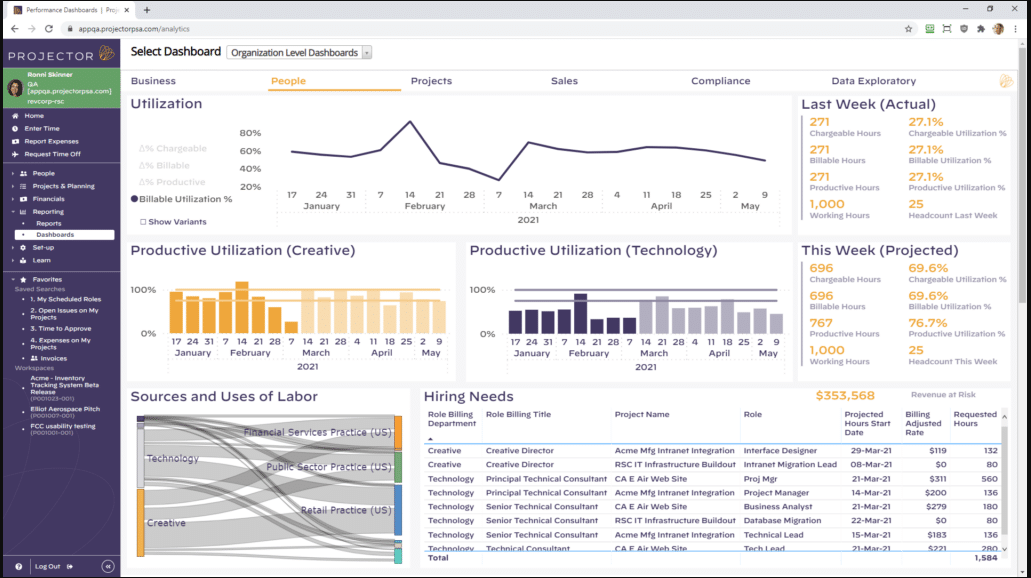
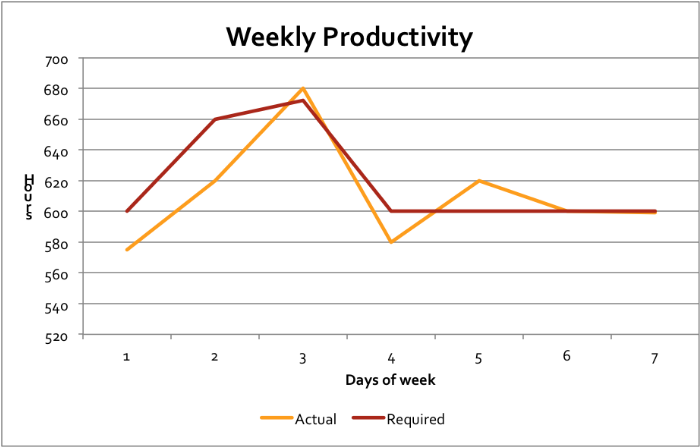
Workflow Concepts
One of my techniques will be use cases to teach employees how to utilize the new EHR software and what actions they must take to complete their job. The easiest method to teach individuals how to use an EHR system is through use cases. The new EHR manager and the IT specialist will both be able to assist the institution with how to use the technique. Before creating a thorough flow chart, educating the personnel about the system is critical to accomplish their jobs more effectively. As another systematic step, I would draw a swimlane diagram. The steps of a process are divided into horizontal or vertical swimlanes that relate to a certain individual, workgroup, or department in a swimlane diagram. With this visual aid, it is much easier to ensure that no one does the same thing twice. The names of the various divisions will be written in the graphic’s columns. There are specifics regarding what each division must do and how they must do it for success. A good workflow model should aid in developing the cycle’s new EHR architecture. It aids in keeping track of each phase of the procedure during the task cycle.
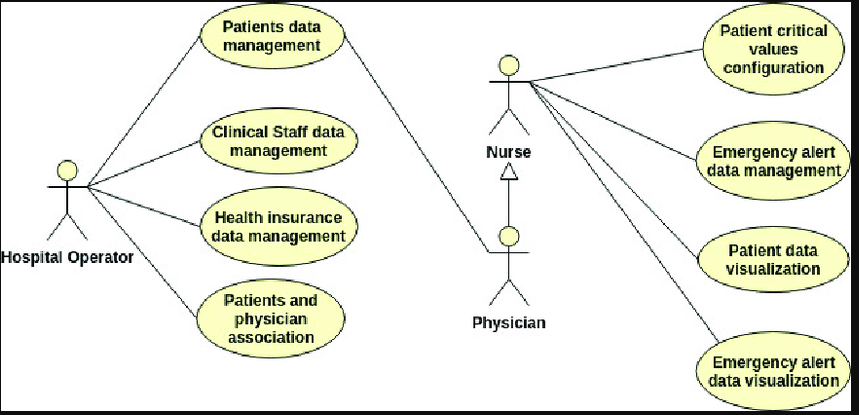
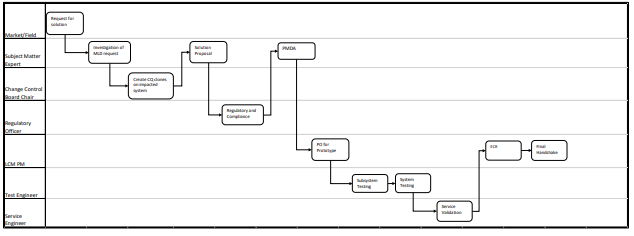
Project Management Techniques
Best management techniques must be used to ensure the new recording system bears positive results. Gantt charts and benchmarking are useful tools in the implementation of the system, both significantly impacting planning. Even though some of these ways get to the same destination, selecting the best one for the behind-the-scenes work that complements the new EHR framework’s more polished appearance is critical. Benchmarking is comparing one organization’s or doctor’s findings to those of another, which is a regular occurrence in the medical industry. Benchmarking in registries aims to enhance quality, efficiency, and the treatment of persons with a condition. In other words, benchmarking determines the optimal course of action by comparing how one organization delivers a job to how other organizations perform it. It is the ideal tool for ensuring continuous improvement and top-notch efficiency when used in this manner. As a result, the executives should be well-versed in several task management methodologies that, if used on the proposed program, would have a significant influence.
A Gantt chart can demonstrate how a project is progressing and its timeline. The project’s many sub-stages and tasks and the deadlines for completion are graphically written out as a bar chart (Hirakata et al., 2022). It assists teams in prioritizing tasks and making efficient use of resources. It also assists them in setting appropriate project goals and expectations. It highlights both completed and tasks in progress, allowing the start of the following tasks. It would be helpful in the implementation of the new HER system, which is set to be executed in phases.

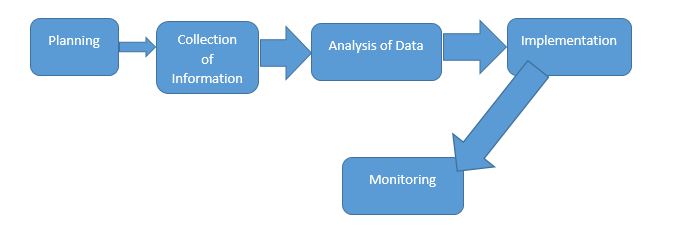
Conclusion
The best tools and approaches must be used if a proposed framework is to be successfully implemented in a healthcare facility. As the lead project manager, I want to ensure that standard tools and processes are always employed. I will contribute essential information by utilizing value management software, excellent performance management metrics, cutting-edge workflow designs, and a successful project management approach. Control charts and fishbone diagrams will be the most useful management tools simultaneously. Once the project is up and running, dashboards will be critical for tracking performance, and benchmarking will ensure success. These strategies will be critical in ensuring that all jobs are completed on time.
References
Broekhuis, M., van Velsen, L., & Hermens, H. (2019). Assessing usability of eHealth technology: a comparison of usability benchmarking instruments. International journal of medical informatics, 128, 24-31.
Coccia, M. (2020). Fishbone diagram for technological analysis and foresight. Int. J. Foresight and Innovation Policy, 14(2/3), 4.
Eissa, M. E. (2018). Variable and attribute control charts in trend analysis of active pharmaceutical components: Process efficiency monitoring and comparative study. Experimental Medicine (EM), 1(1), 32-44.
Hirakata, V. N., Oppermann, M. L. R., Genro, V. K., & Reichelt, A. J. (2022). Exploring the Gantt chart as a tool to highlight double report in case series published during the first wave of the COVID-19 pandemic. Systematic Reviews, 11(1), 1-7.
MeshRN. (2020). Measuring productivity in nursing care. Web.
Patkal, P. S., & Anasane, S. S. (n.d). Implementation of Standard Work in Healthcare Industry. Web.
Rios-Zertuche, D., Zúñiga-Brenes, P., Palmisano, E., Hernández, B., Schaefer, A., Johanns, C. K.,… & Iriarte, E. (2019). Methods to measure quality of care and quality indicators through health facility surveys in low-and middle-income countries. International Journal for Quality in Health Care, 31(3), 183-190.
Salguero-Caparrós, F., Pardo-Ferreira, M. D. C., Martínez-Rojas, M., & Rubio-Romero, J. C. (2020). Management of legal compliance in occupational health and safety. A literature review. Safety Science, 121, 111-118.
Visual Paradigm. (n.d). What is Use Case Diagram? Web.
Projector. (2022). Why benchmarking is important for performance measurement and how to get started. Web.